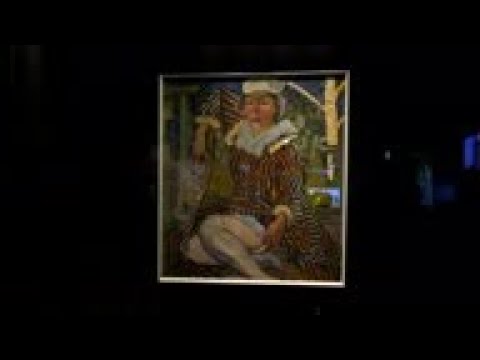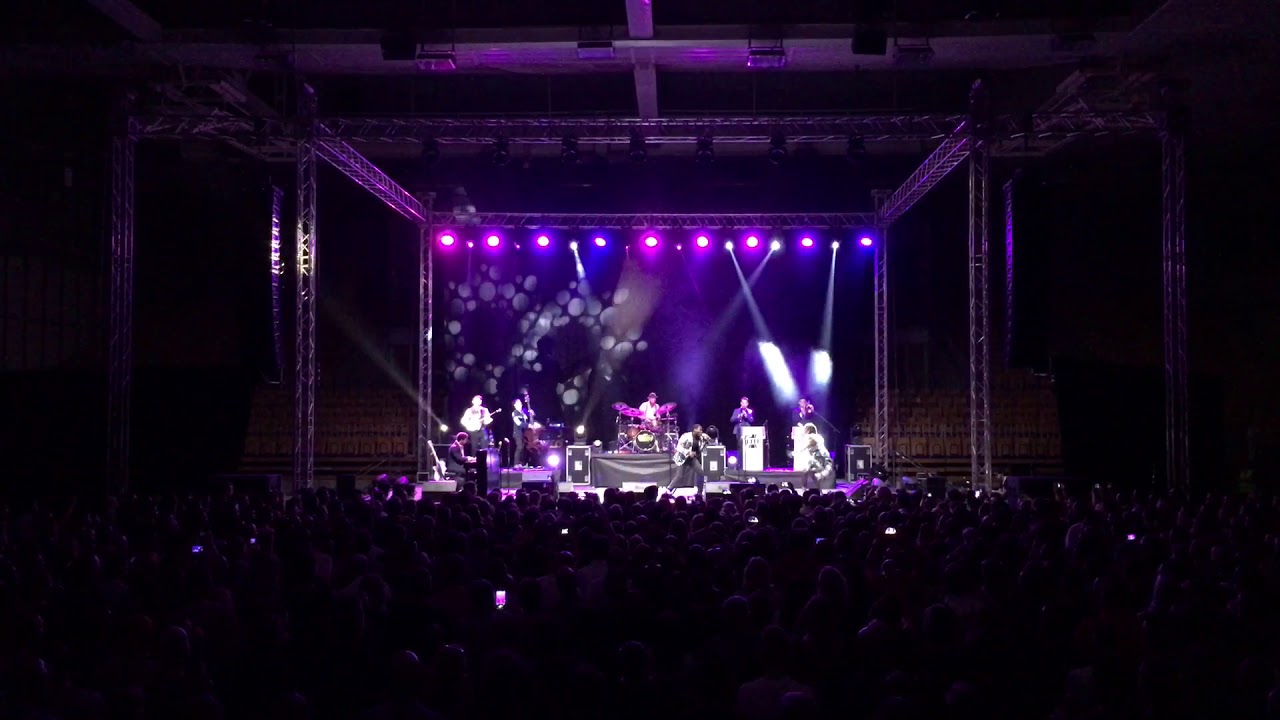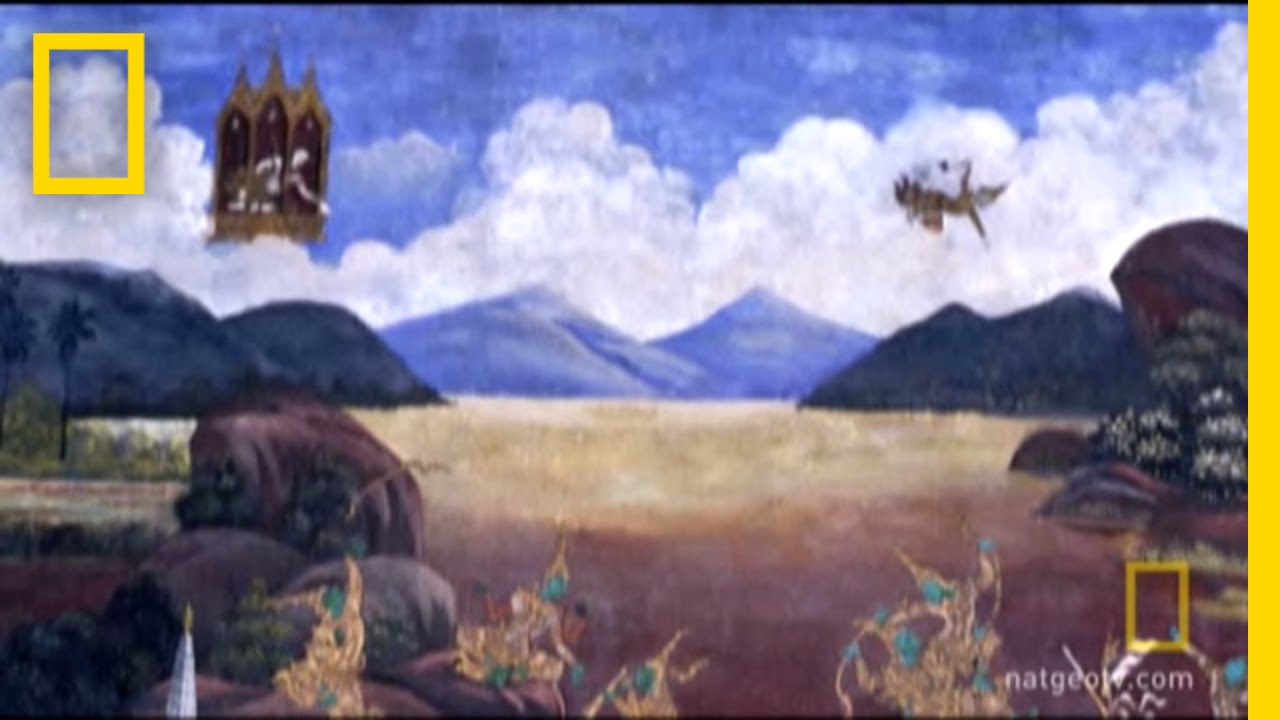AP Archive
(5 Feb 2020) LEAD IN:
An exhibition of one of Russia’s greatest avant-garde artists opens today (5 February) in Moscow.
Rarely-seen paintings by Aristarkh Vasilyevich Lentulov are on display at the Underground Museum in Zaradye park.
STORY-LINE:
It’s a rare glimpse of Aristarkh Lentulov’s work.
He was one of the key artists in the Russian avant-garde movement. He lived in Moscow in the early 1900s and was one of the founders of a group artists known as the ‘Jack of Diamonds’.
Wassily Kandinsky and Kazimir Malevich were among those influenced by his style.
Now three of his works are on display at the Underground Museum in Zaradye park.
“Each representative of avant-garde has their unique role and significance. Ariskrakh Vasilyevich created Russian Futurism,” says Fyodor Lentulov, his great-grandson.
Russian Avant-Garde represented a powerful movement at the beginning of the 20th century.
The search for new ideas and forms coincided with the Revolution of 1917 and political changes in Russia.
Lentulov was influenced by Post-impressionism, Cubism, and Futurism until he created his own style by mixing Fauvism and folk art.
Fauvism emphasized strong colour.
The use of bright colours, appliques, and powerful brush strokes are all distinguishing features of his paintings.
The applique technique can be seen in a portrait of his wife, “Portrait of Maria Petrovna Lentulova with a birch in the Background”.
Fyodor calls it “pure Futuristic work”.
“He considered his achievement to be in the usage of appliques and different textures,” he adds.
While there are only three paintings in the exhibition, this may be one of the few opportunities to lay eyes on them.
“These works are very rarely shown to the public because they are kept in the private collections,” says Pyotr Baranov, head of exhibition.
This is the latest in the #tri (#three) project, a series which showcases art from different styles and eras.
Each event shows three works and is accompanied by video installations.
“At the multimedia touch panels, visitors can learn the history, time and styles in which the artist was working,” explains Baranov.
The exhibition runs until February 16.
Find out more about AP Archive: http://www.aparchive.com/HowWeWork
Twitter: https://twitter.com/AP_Archive
Facebook: https://www.facebook.com/APArchives
Instagram: https://www.instagram.com/APNews/
You can license this story through AP Archive: http://www.aparchive.com/metadata/youtube/5597ebdad45345d19e5c60472672fe25
Source



